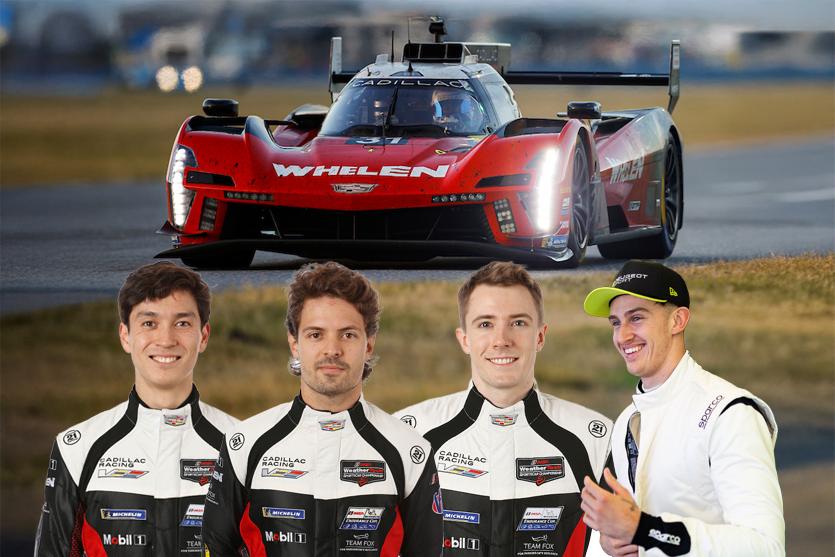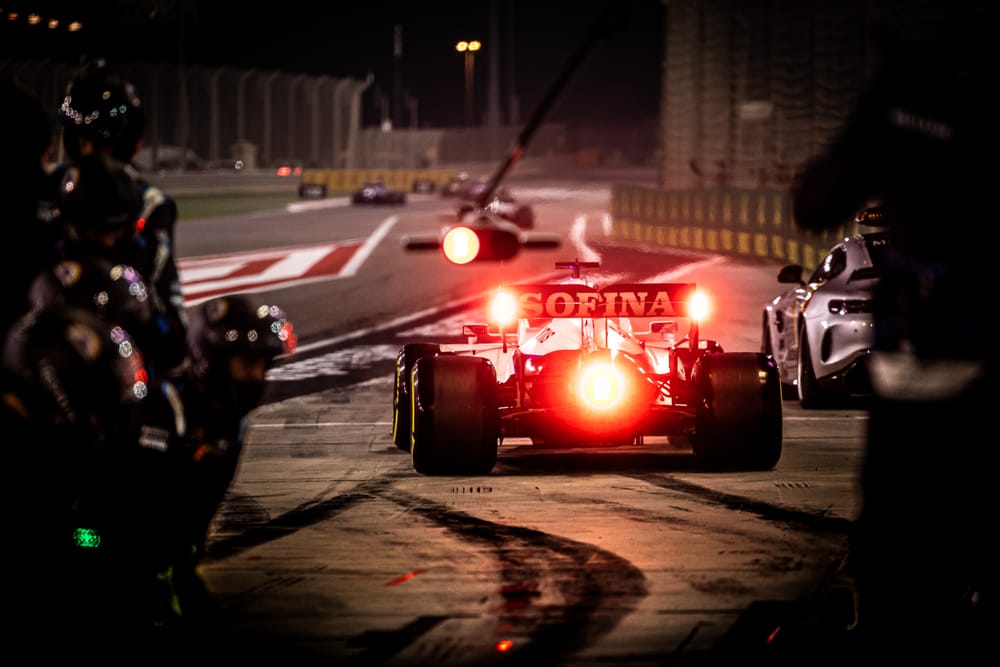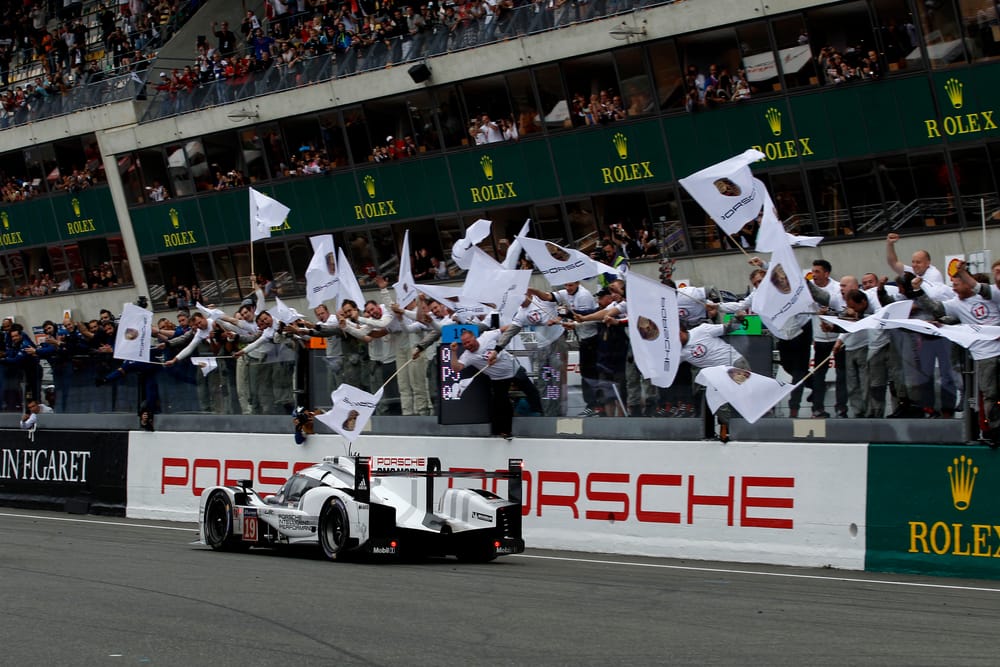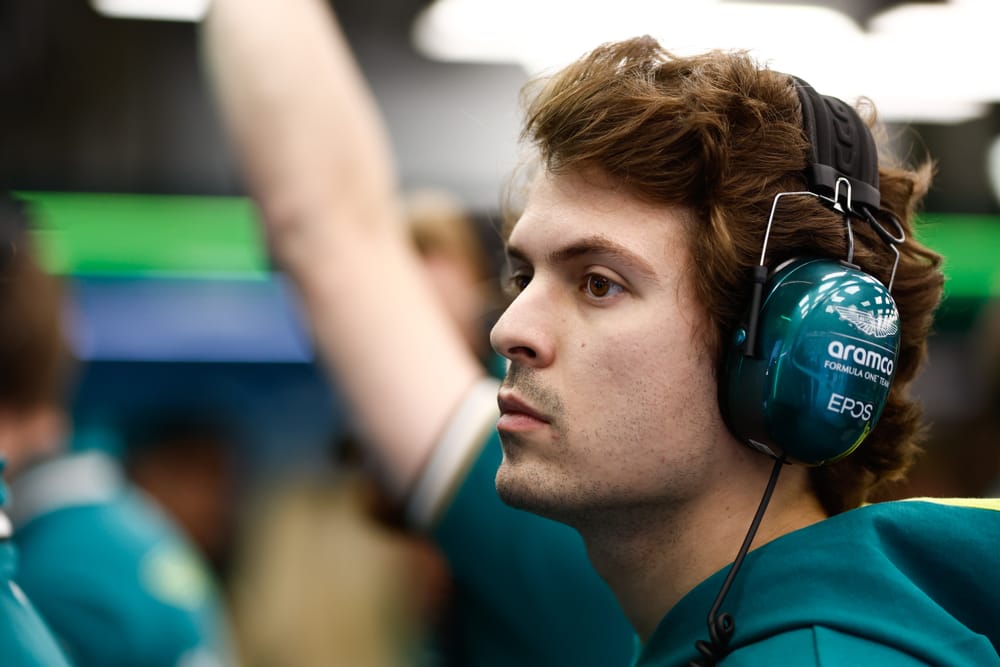Formula 1 is an extremely selective world. What fate awaits those who never make it through its doors? While the transition may not always be smooth, many of them now find happiness in endurance racing.
In F1 this year, no fewer than five rookies started the season on the grid, and four of them were in Formula 2 last year. Does this mean the 2024 F2 class was stronger than previous ones?
"Five rookies, that's quite extreme," said Fred Vesti, 2023 F2 runner-up. "I don’t think they had better results than I did. But everything is about timing and support."
"There's a huge element of luck," added Jack Aitken, 2017 GP3 Series vice-champion and fifth in F2 in 2019.
"Why did I get to participate in the 2020 Sakhir Grand Prix? I was a reserve driver for a team [Williams] whose driver [George Russell] was called elsewhere. It wasn’t because I deserved it more than Louis Delétraz, whom I battled throughout my career."
But once F1 has turned them down, what options do they have?
Endurance: The new exit route?
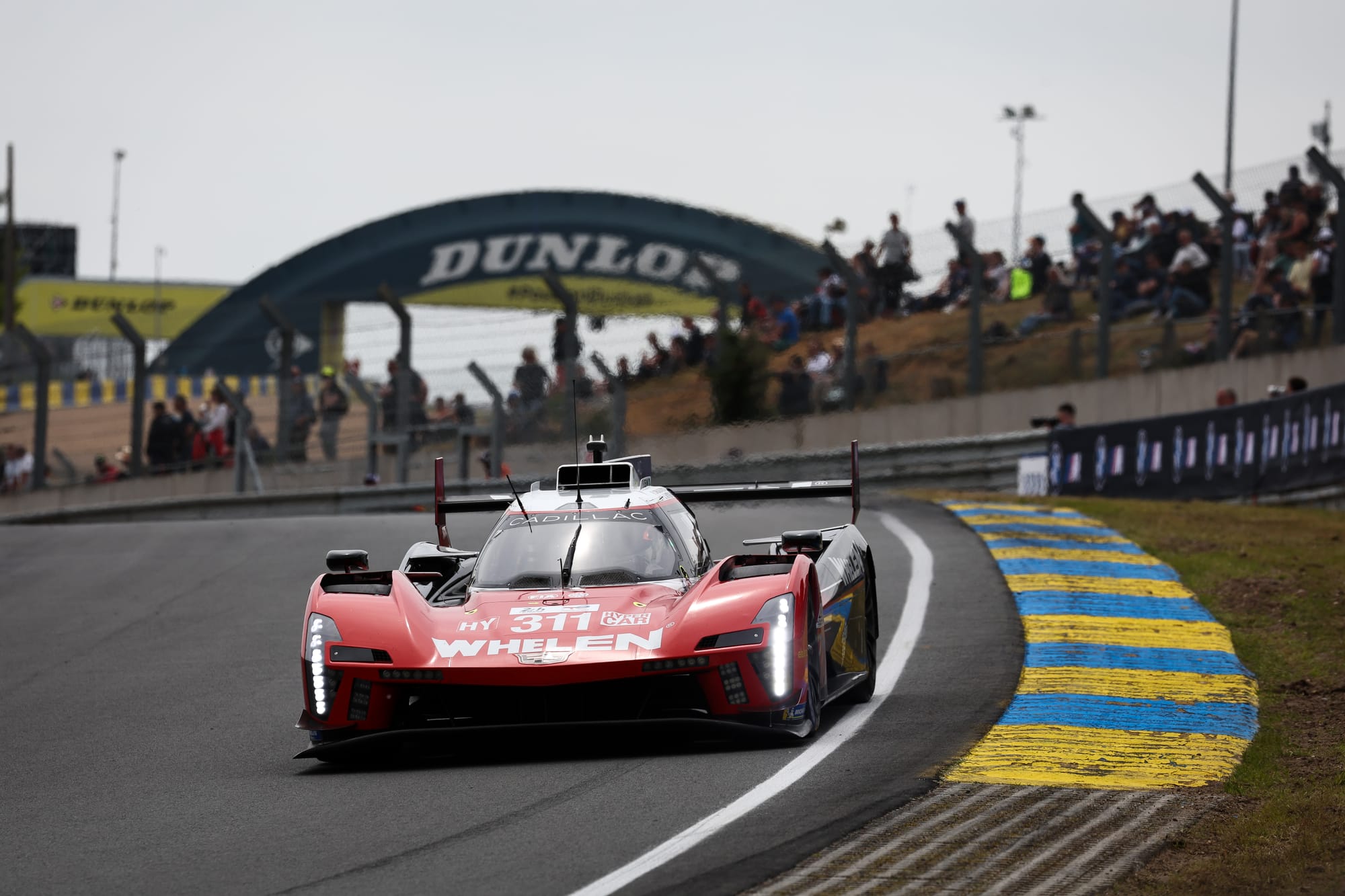
Since 2015, out of the 41 drivers who finished a season of F2/GP2 in the top five, 20 have participated in at least one grand prix, 11 are currently in F1, three in IndyCar, eight in Formula E, and 12 in endurance racing.
And while the full entry list for the 93rd edition of the Le Mans 24 Hours (June 14-15) has yet to be finalised, we already count more than 30 drivers who have passed through F2 or its predecessor, the GP2 Series.
This does not even include those who raced in the Formula Renault 3.5 Series, such as Robert Kubica, Kevin Magnussen, Jean-Eric Vergne, Miguel Molina or Filipe Albuquerque. A championship that in the early 2010s was as competitive as the GP2 Series.
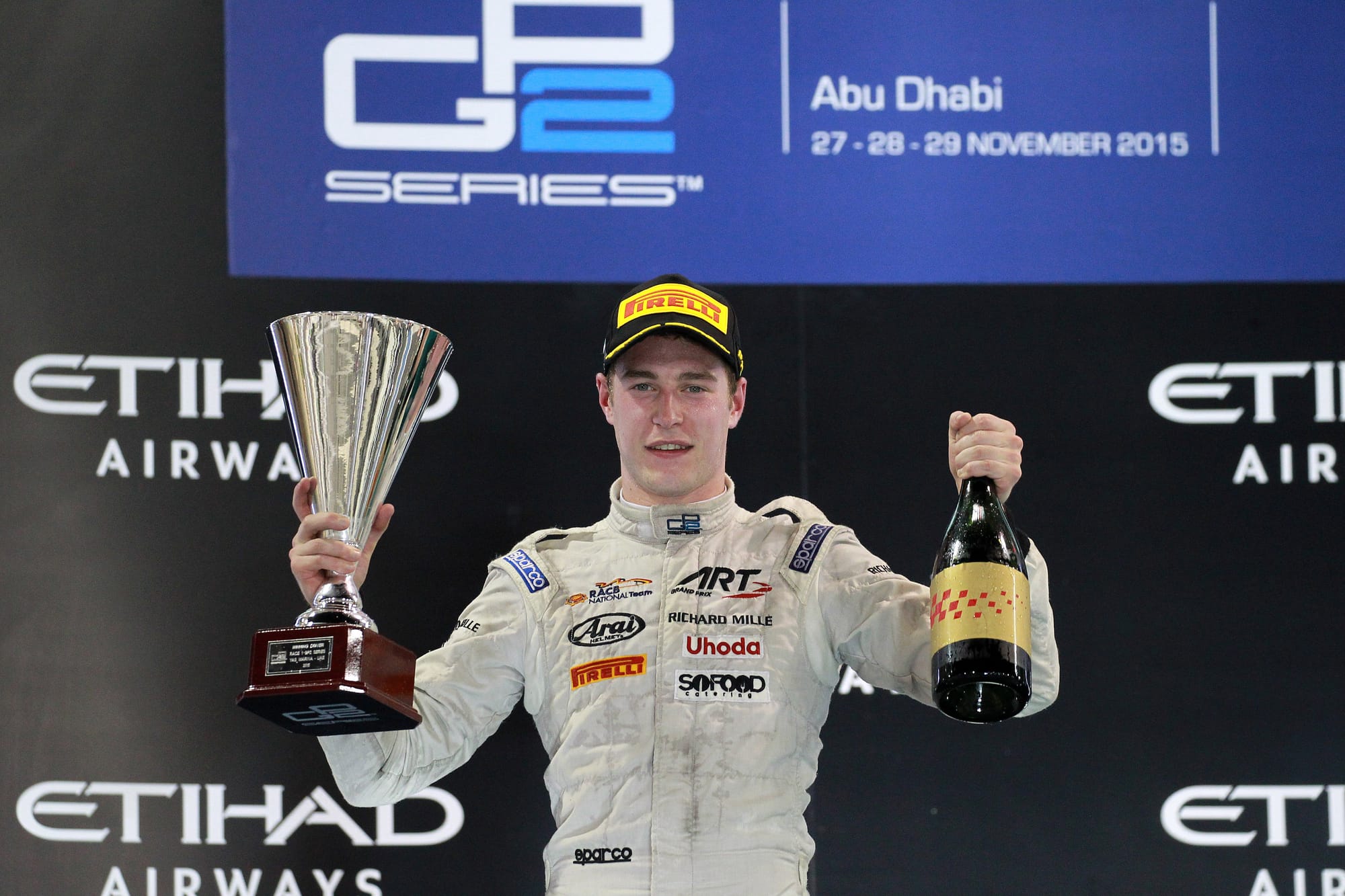
Many of these individuals continue to work as professional drivers, an opportunity their predecessors did not always have due to fewer career openings at the time.
Some drivers virtually disappeared from the racing scene, such as Luca Filippi (second in 2011), Davide Valsecchi (2012 champion, now in a media role), Luiz Razia (second in 2012), or Artem Markelov (second in 2017), to name a few.
"We are lucky to arrive on the market during endurance racing’s golden age," says Aitken, who was a reserve driver for Williams from 2020 to 2022.
"Across all disciplines, there aren’t many seats that allow us to make a living from our passion.
"At some point, you have to accept that you won’t get your chance in F1. I then contacted various GT3 teams, and that’s how my new career started.
"I moved to LMP2, and then Cadillac offered me my first official contract at the end of 2022.
"Having tested and even raced in an F1 grand prix is already incredible. But trust me, I’m very happy today."
A more complicated transition than it seems?
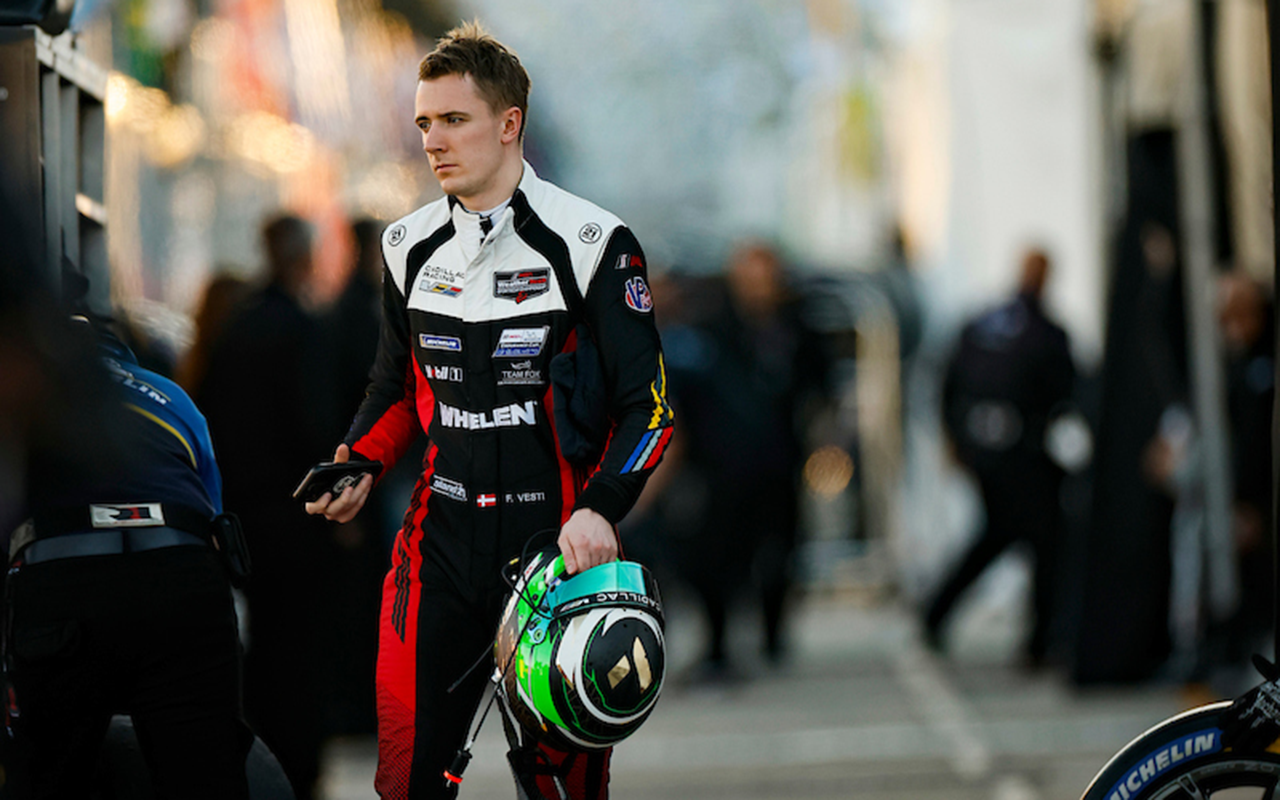
Since 2023, Aitken has been racing for Action Express Racing in IMSA and at the Le Mans 24 Hours. This year, he shares the wheel in the IMSA long-distance races and at Le Mans with Vesti (pictured above), who remains a Mercedes F1 reserve driver.
"As a reserve driver, you don’t get much track time," Vesti concedes. "So when this opportunity came, I didn’t hesitate."
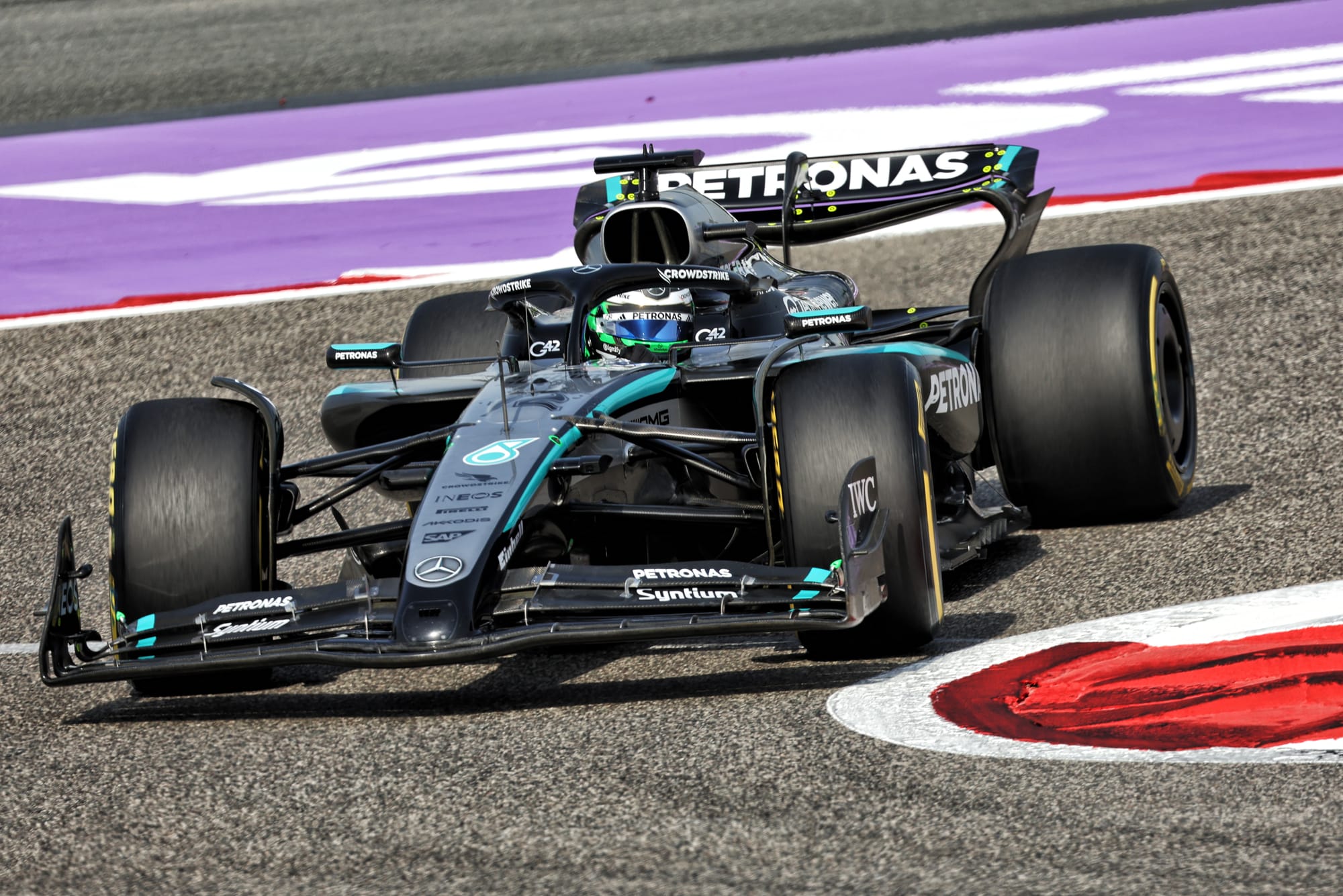
Managing traffic, tyre wear, sharing car set-ups and track time, power-to-weight ratios and aerodynamic downforce levels, plus energy management, there are many differences to adjust to.
"Having done some LMP2 last year, it’s not all new to me," Vesti adds.
"However, every time I get behind the wheel, I’m surprised by how difficult it is to adapt. You really have to work hard."
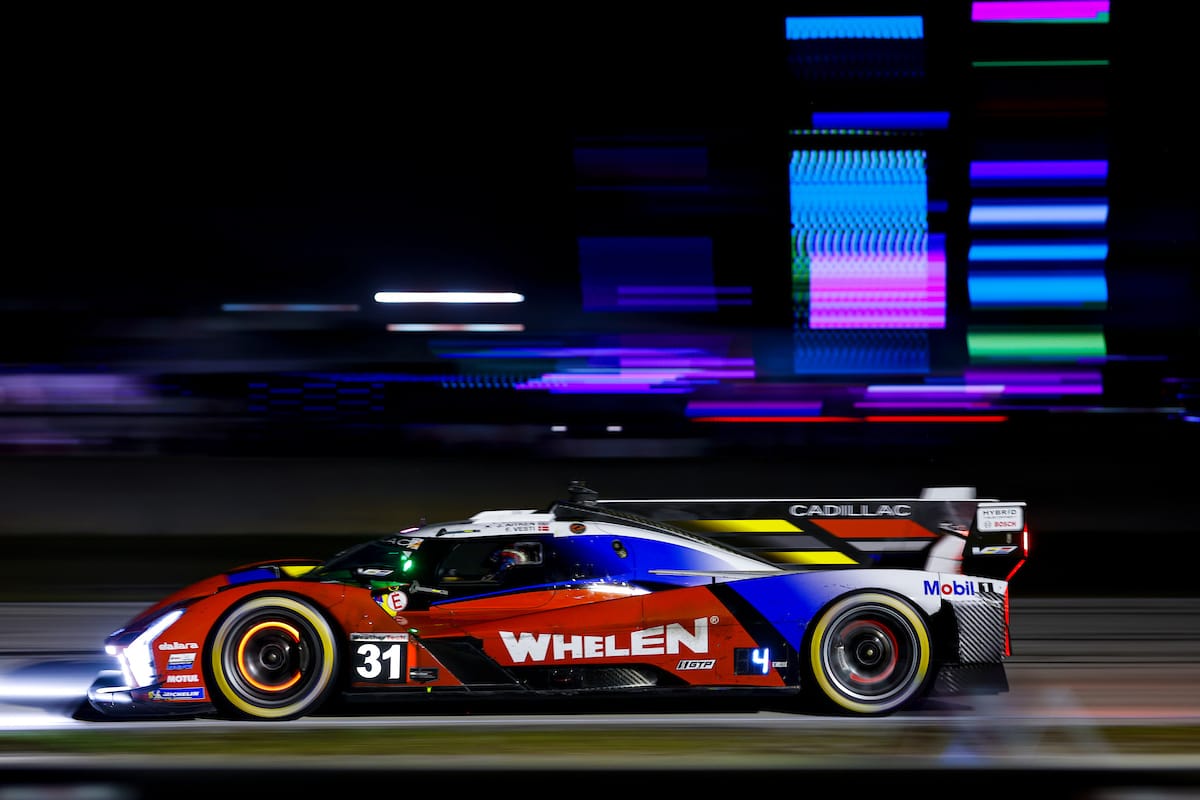
Aitken and Vesti were in contention for victory at the Sebring 12 Hours earlier this month. However, technical issues prevented their team-mate Earl Bamber from fighting for the win in the final stages of the race. But in only his second GTP appearance, Vesti was particularly impressive.
"IMSA just keeps impressing me with how chaotic and crazy it is to race this year," he said at the end of that race.
"I really enjoyed my time in the car. I left everything out on the track, and it’s painful not to get the podium.
"I enjoyed lots of laps in the lead today and I had a lot of restarts from the lead, which is fun and I learned a lot. That was honestly one of the most fun races that I’ve ever done."
He added: "I learn from the experience of Jack and Earl.
"It definitely makes me a better driver. And we have to thank Jack, who proved to AXR that a young single-seater driver could excel in endurance racing. It’s thanks to him that Felipe and I are here today."
Felipe Drugovich is, alongside Theo Pourchaire, the only FIA F2 champion since its revival in 2017 who has not had a chance in F1. But let’s remember that both needed three seasons to win the title.
Drugovich joined Aitken and Vesti at the Daytona 24 Hours in the same car and will also race with them at Le Mans. The #311 Cadillac V-Series.R from Action Express Racing will thus be driven by three former F2 rising stars.
"That doesn’t mean it will be easy," Vesti said. "The competition is incredibly tough, with guys who have been doing this for 15 years or more. Just because you were good in single-seaters and have driven F1 cars doesn’t make it easy. In fact, most teams don’t even care."
"Looking back at my Formula 2 years, it was highly competitive," Aitken added. "But I can tell you that there is also a massive concentration of talent in sportscar racing, and achieving a strong result is perhaps even more rewarding because the competition is so tight."
Pourchaire: a new career on the horizon
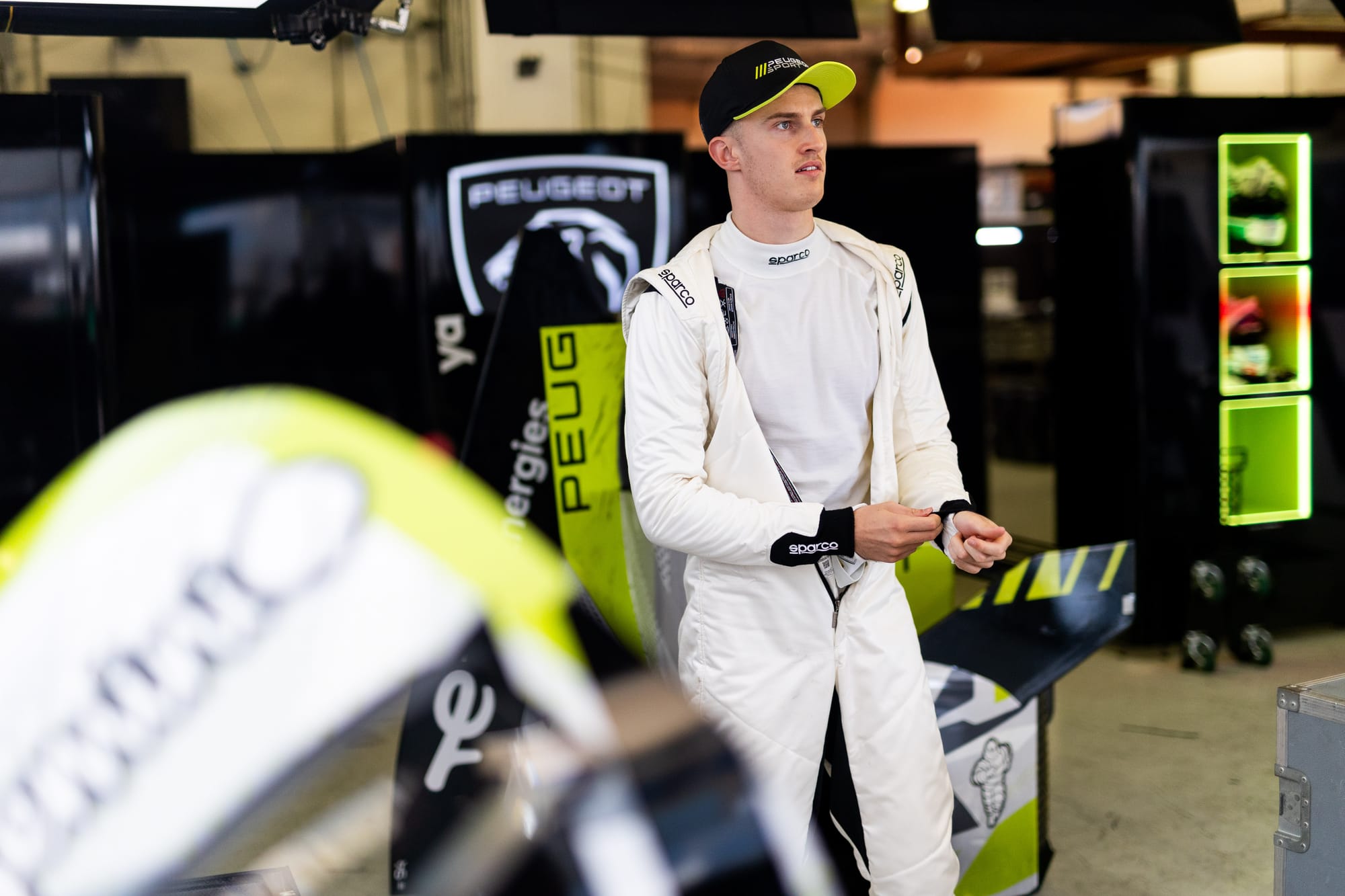
Vesti will share the track at Le Mans with his 2023 F2 rival, Pourchaire, who's driving an ORECA 07 for Algarve Pro Racing in European Le Mans Series. He too was not given an opportunity in F1.
"Since I started, I’ve been on the F1 pyramid," admits Pourchaire. "It’s the ultimate goal. But I’ve had the chance to race in Super Formula, IndyCar, and now sportscar racing. I think other drivers should broaden their horizons because there are other disciplines beyond F1."
After a brief stint in Super Formula and six races in IndyCar in 2024, Pourchaire has found stability with Peugeot, where he is a reserve and development driver. The French manufacturer is expected to offer him a full-time Hypercar seat in 2026.
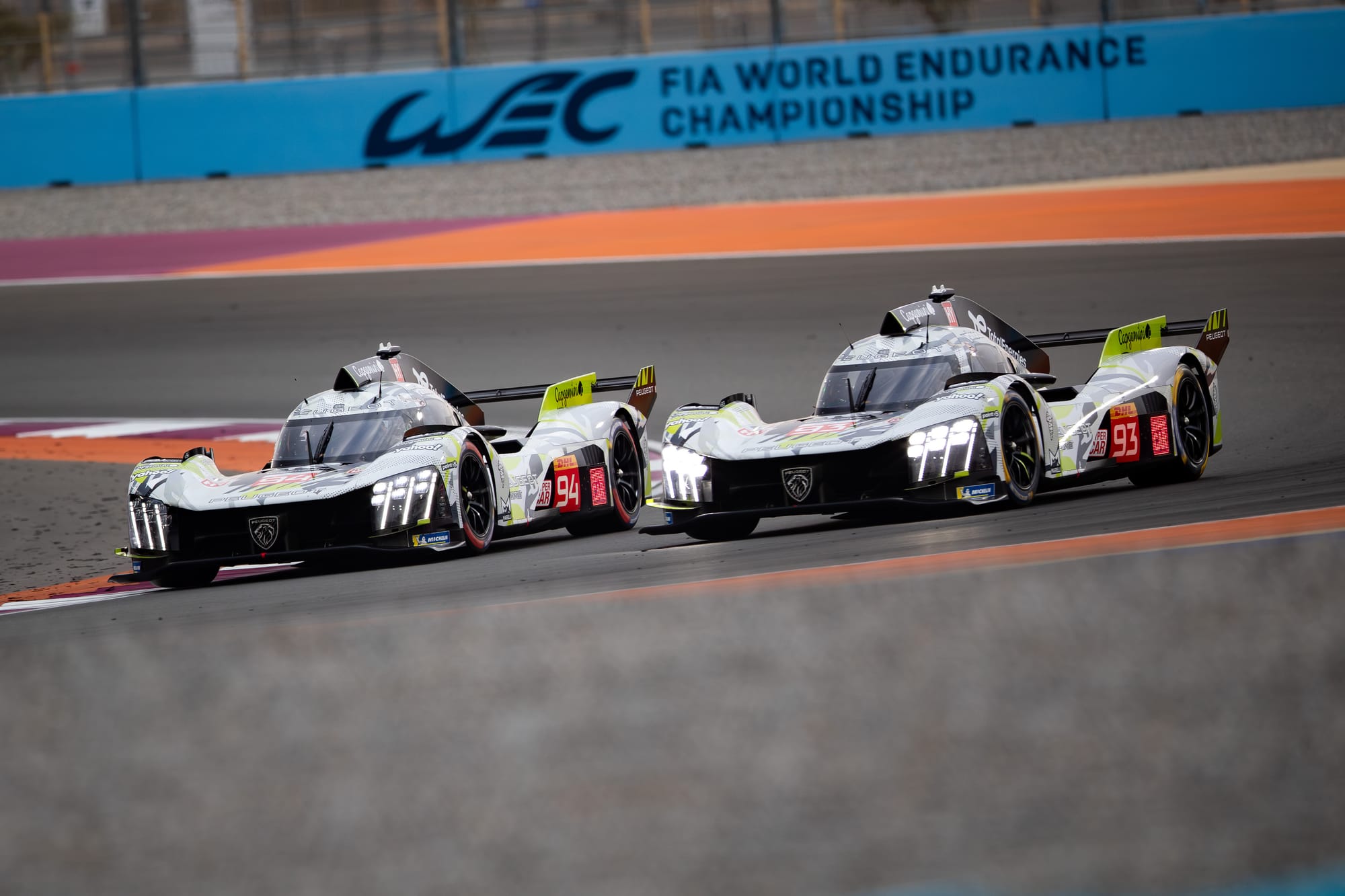
"I’m not expecting an easy season," Pourchaire acknowledged. "I have so much to learn. I’ve done F1 tests, I’ve won in F2, but here I’m a rookie.
"2025 will be a learning year, and LMP2 is perfect for that. Peugeot believes in me and is simply offering me a new path to follow."
A new path far from F1, without which he might be without a seat today. But a path that has allowed drivers like Neel Jani, Antonio Fuoco and James Calado to build resumes that would make much of the F1 grid envious.
The Race covers sportscars now! Read some of our latest features below or check out all of them here.
Winners and losers from Imola
What the WEC is risking with its Hypercar balancing measures
All the details of Hyundai's ambitious Genesis WEC/IMSA project
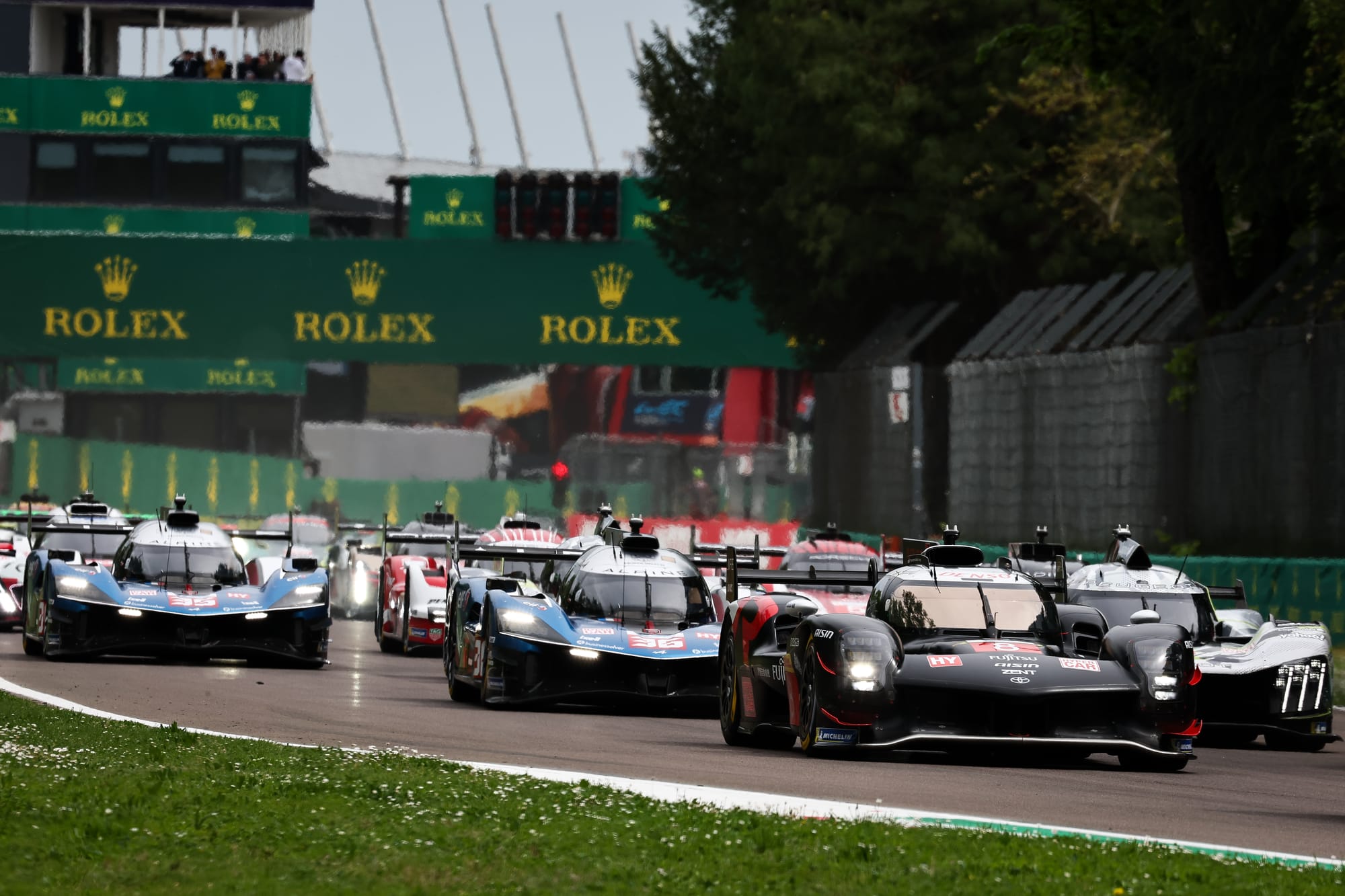
Today, eight manufacturers are officially engaged in Hypercar, with nine expected in 2027 and possibly 11 in 2028. This means increasing opportunities to continue a professional racing career while earning lucrative salaries of several hundred thousand euros.
The success of endurance racing has opened up opportunities that did not exist 15 years ago, to the point of becoming the preferred solution for single seater rising stars who have not managed to cross the final hurdle.
A revolution has brought a welcome rejuvenation to endurance racing, which, once considered a decompression chamber for drivers who had difficulty hanging up their helmets, has become the second most important FIA world championship on the planet in just a few years.


